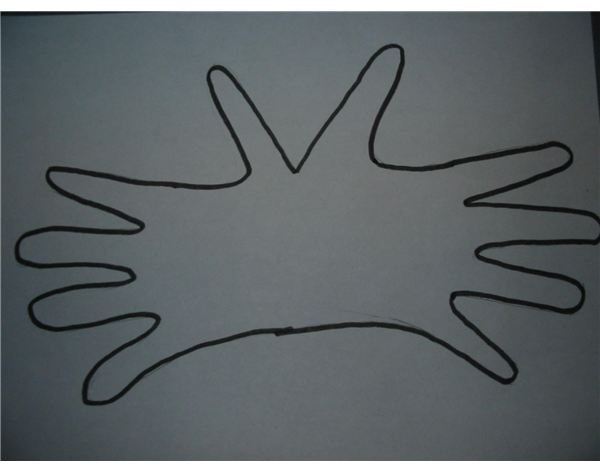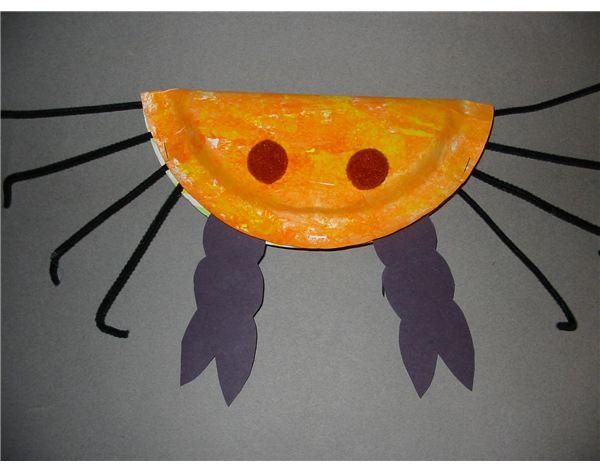Three Preschool Crab Crafts for Learning About Ocean Life
As you study sea life in your classroom, don’t forget about the crab that crawls along the shore. They live along the coastline in sand burrows, under plants along the water’s edge and in cracks amongst rocks near the water. The crab lives in its shell that protects this creature from predators. It has two claws for eating food and also uses them for fighting. A crab’s shell usually matches its surroundings and when it outgrows the small shell, it splits letting the crab crawl out and a new one grows in its place. The crab has eight back legs letting it move quickly in a sideward manner. Below are three crab crafts that will teach young children about how the crab looks, how it moves, and its relevance to the ocean life.
Make a Paper Plate Crab
Materials:
-
Lunch size paper plate - one per child
-
Sponges cut into squares
-
Yellow and orange tempera paints
-
Black pipe cleaners (enough to make eight legs)
-
Two eyes (pom-poms, construction paper scraps, googly eyes, etc.)
-
Black construction paper
-
Glue
-
Stapler
Procedure:
- Invite the children to sponge paint the back of a paper plate. Place yellow and orange paints in a container. Using a damp sponge square, they can dab the paint onto the plate’s surface. Use both colors for a colorful sponge-painted texture.
- When the paint is dry, fold the plate in half.
- Insert 4 black pipe cleaners per side for the legs. Use a heavy tacky glue. Fold the leg tips down to make pretend feet.
- Draw and cut out 2 claws from black construction paper. Glue these in the front of the crab.
- Place a couple staples through the plate edge to secure the items inside.
- Glue eyes to the top surface of the crab.
Sea Life Crayon Resist Including Crabs
Materials:
- White paper
- Crayons
- Blue tempera paint diluted with water
- Paintbrush
- Round packing pieces that have been pre-painted orange
Procedure:
- Gather your class and talk about what creatures are inside and around the ocean. Invite them to draw a picture on the white paper with colorful crayons. Tell them to color heavy with the crayons.
- In cups, prepare blue tempera paint that has been diluted with water. Tell the children to paint over the entire paper with this blue paint wash.
- This art technique is called crayon resist. The wax from the crayons will not accept the blue paint, so the parts of the picture that has been colored will show up - the rest of the page will be light blue which represents the blue sea.
- When the painting is dry, glue on the orange round packing pieces close to the edge of the paper to replica crabs near the shoreline.
Handprint Crabs
Materials:
-
Child’s hands
-
Tempera paint

-
White construction paper
-
Paintbrush
-
Crayons or markers
-
Beach sand
-
Glue
Procedure:
- Take the child’s hand and brush paint on the surface of the palms.
- Guide the child to place his/her hand down on the paper to make a print. Do this with both hands.
- The palm prints need to overlap and the fingers must extend in opposite directions. See the sample above.
- When the paint is dry, the child can draw eyes on top of the two thumbs. These will be the crab eyes and the fingers are the crab’s legs.
- To finish the picture, brush glue on the bottom of the page underneath the crab print. Sprinkle beach sand and let this dry.
Making crab crafts adds to any sea life or ocean theme. Think about reading children’s books about crabs before making the crafts. Suggested reading includes A House for Hermit Crab by Eric Carle and Clumsy Crab by Ruth Galloway.
